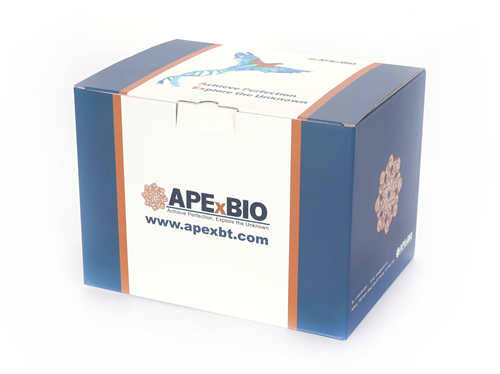Protein A/G Magnetic Co-IP/IP Kit
Protein A/G Magnetic Co-IP/IP Kit comprises recombinant Protein A/G covalently immobilized onto nano-sized magnetic beads, enabling specific binding through antibody Fc regions. Protein A/G binds various mammalian immunoglobulins, facilitating targeted immunoprecipitation (IP) or co-immunoprecipitation (Co-IP) of protein complexes for downstream analyses including SDS-PAGE and mass spectrometry. The kit can be applied to studying protein-protein interactions, isolating immune complexes from cell lysates, serum, or culture supernatants, as well as antibody purification. Magnetic separation simplifies handling, shortens incubation periods, and minimizes protein degradation risks.
| Components | K1309-10 T | K1309-50 T |
| Cell Lysis Buffer | 5 mL | 25 mL |
| Protease Inhibitor Cocktail (EDTA-Free,100X in DMSO) | 50 μL | 250 μL |
| 10X TBS | 5 mL | 30 mL |
| Neutralization Buffer | 100 μL | 500 μL |
| Acid Elution Buffer | 1 mL | 5 mL |
| Protein A/G beads | 200 μL | 1 mL |
| 5X Protein Loading Buffer (Reducing) | 200 μL | 1 mL |
Store Protease Inhibitor Cocktail (EDTA-Free,100X in DMSO) and 5X Protein Loading Buffer (Reducing) at -20°C and the rest of components at 4°C for 12 months. | ||








